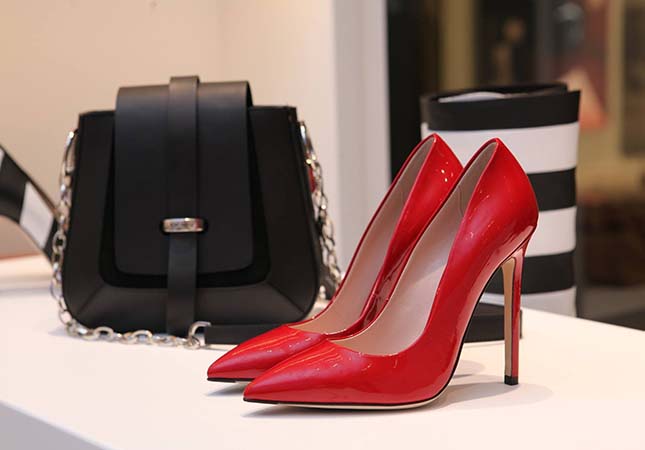Whether in product design, manufacturing, or marketing, precision positioning is a trend. Precision positioning means finding their customer base, and meeting the specific needs of customer groups, especially in the apparel industry and the machine manufacturing industry related to clothing production such as cloth cutting machine, as one of the important means to reflect people's personalization, the enterprises related to apparel production, need to bring this precision positioning to the extreme.
Currently, China’s apparel market can be generally divided into 2 parts high-end and low-end. Consumers in the low-end market are looking for fashionable and varied styles and moderate prices, while in the high-end field, consumers are no longer so sensitive to prices, they concern more about brands and exquisite workmanship.
"Fast fashion" and "personalization" are the 2 best models to achieve precise positioning in high and low-end markets of the apparel industry. They can meet the different needs of consumers appropriately through the setting and layout of a series of links such as design, production, logistics, and sales.
The key for traditional clothing enterprises to transform is not to transform into e-commerce clothing shops. The existence of huge physical stores makes them impossible to completely transform into e-commerce, and e-commerce is unable to cover the entire clothing market because of the irreplaceable shopping experience of trying on clothes in physical stores, which is still an important factor for consumers. , An clothing shopping experience. Therefore, fast fashion becomes the keyword of development both in traditional manufacturers and e-commerce companies.
Fast Fashion
Fast fashion is a very popular concept in the middle and low-end markets. That is, the average price of a shirt is only about 100 RMB, and a down jacket is about 4,500 RMB and ranges in various fashionable styles and colors. Everything from summer clothes to winter jackets, from purses to shoes, from belts to socks are available for consumers to choose the most suitable one in the traditional markets.
The characteristic of fast fashion is that physical stores of a certain brand have reached a certain coverage in offline cities, making it very convenient for consumers to go shopping and the prices in stores are very reasonable, most are similar to online prices so that instead of shopping online, consumers might as well go to physical stores to try on and choose in person.
In 2014, in the general sharp decline trend of the number of traditional apparel enterprises, the brands that sell in the fast fashion model have grown against the trend. According to the report released by a fast fashion brand for the first 3 quarters of 2014, its operating income increased by 70.5% year-on-year, and its net profit increased by 83.57% year-on-year. And it was expected that the annual net profit will increase significantly to 1550%-1600%.
Personalization
Personalization is the embodiment of fast fashion brands in the high-end market. The high-end market does not only represent high prices, but also consumers have higher demands on brand connotation and inner emotions. Personalization can properly meet such needs of consumers.

For example, the Red Collar Group is the first company in China to create internet customization and creatively applied 3D printing logic thoughts to factory production by the digitalized large-scale industrial 3D printing model, successfully solving the contradiction between personalization and industrialized large-scale production, and realizing 99% of personalized customization needs. Its sales data also proves the success of the personalization model. The Red Collar Group produced 7 million sets of clothing and achieved sales revenue of 1.676 billion RMB in 2013; then by 2014, its annual output value was increased to about 2 billion RMB.
Compared with the finished clothing markets that have high inventory and difficulty to form a real branded clothing market, personalization with 0 inventory pressure is still a potential market in China. Nowadays, a group of enterprises that use cloud computing to develop clothing customization are also taking advantage of the trend, and are actively innovating and exploring apparel cloud data and cloud personalization models.
Both fast fashion and personalization are emerging models in the apparel industry currently.




